Sergeant Steven Phillip Lupe, Sr.
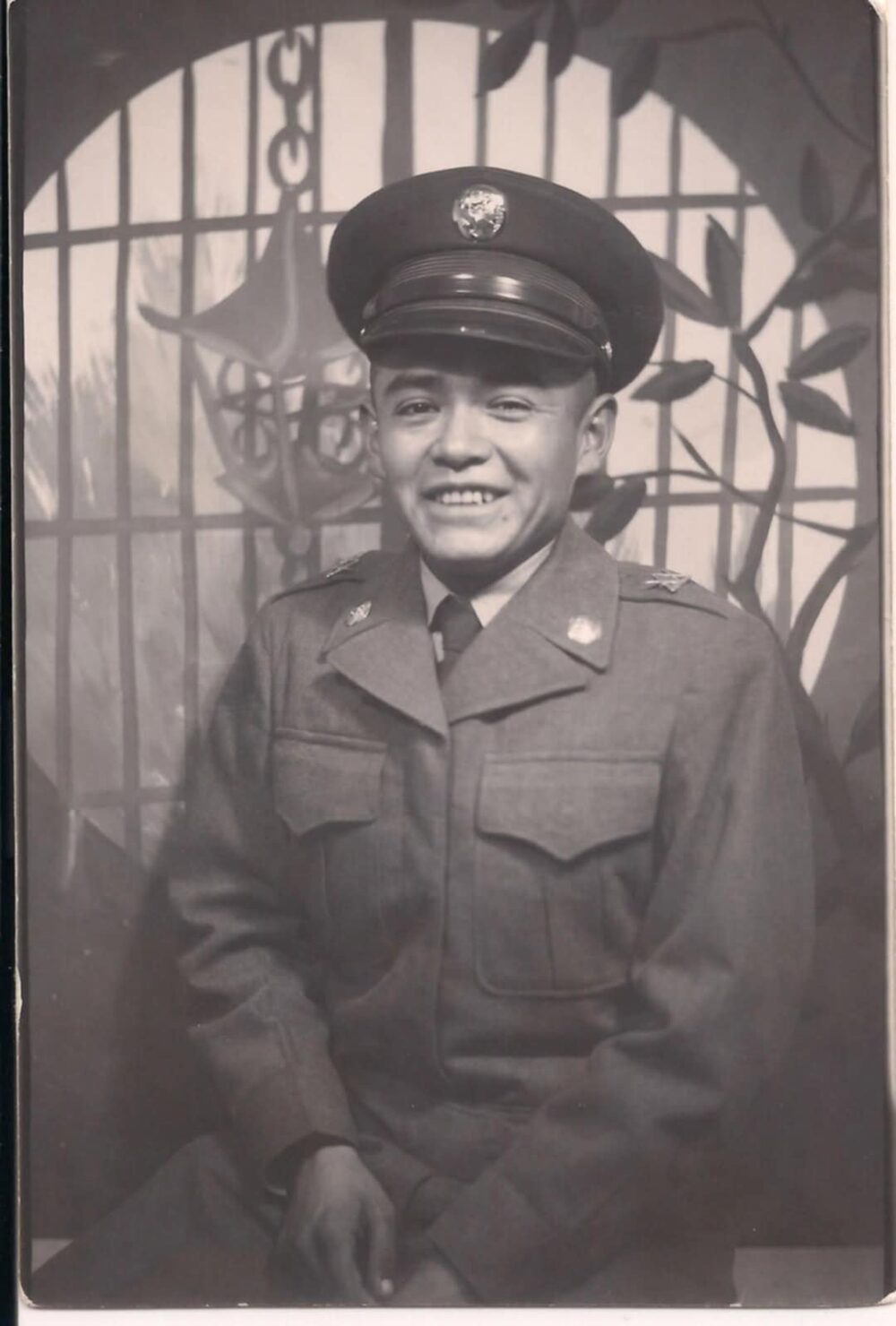
- Unit: Company E, 27th Infantry Regiment, 25th Infantry Division
- Date of Birth: April 15, 1932
- Entered the Military: September 18, 1952
- Date of Death: May 20, 2012
- Hometown: White Mountain Apache Reservation, Cibecue, Arizona
- Place of Death: White Mountain Apache Reservation, Cibecue, Arizona
- Award(s): Good Conduct Medal, Combat Infantry Badge, UN Service Medal, National Defense Service Medal, Korean Service Medal with 1 Bronze Service Star
- Cemetery: Open Range Cemetery, Cibecue, Arizona
Mentored by Mr. Jeron Velasco, Mr. Thomas Blair, and Mr. Simon Kibe, and Ms. Gene Rose Velasco
Dishchii’Bikoh High School
2024/2025
Early Life
Steven Phillip Lupe, Sr. was born on April 15, 1932, in Cibecue, located within the White Mountain Apache Reservation in Arizona. He was the son of John Lupe and Ruby Velasquez and grew up alongside his siblings Adam, Preston, Roger, Ida, Rose, and Bessie.
He attended Theodore Roosevelt School in Fort Apache before continuing his studies at St. John’s Indian School in Laveen, Arizona.
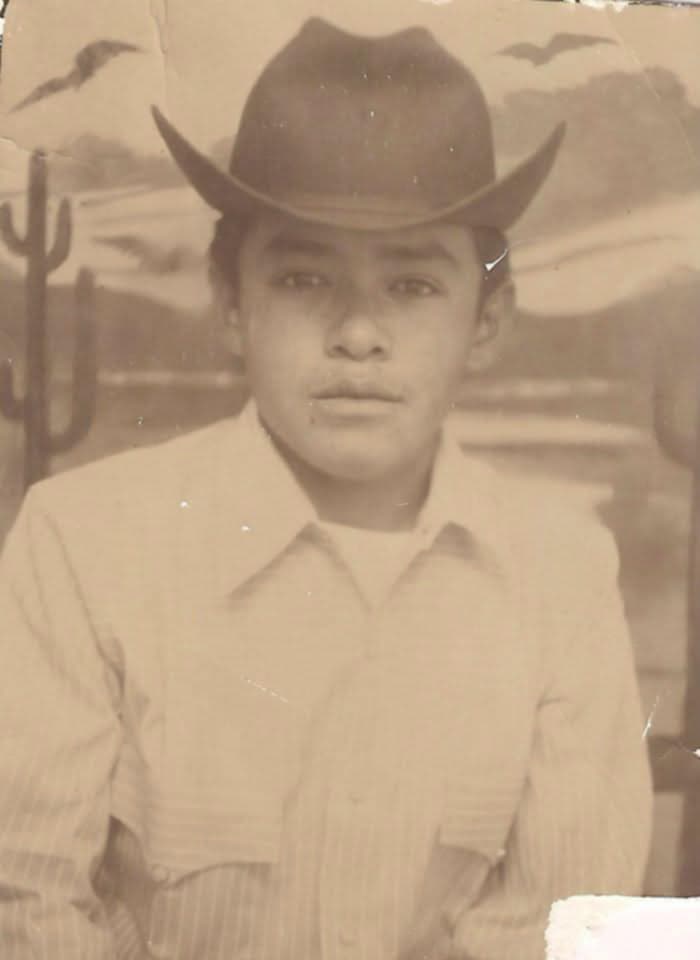
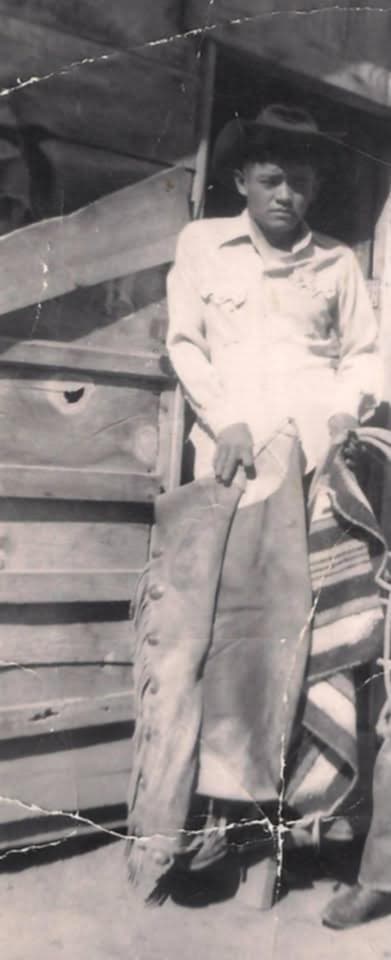
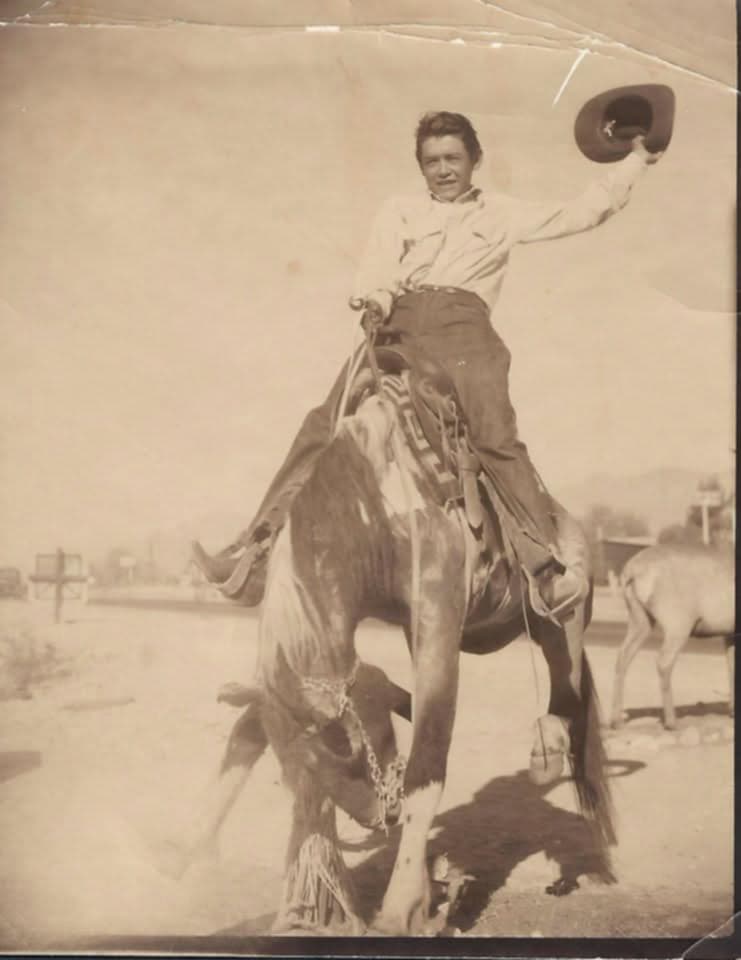
Homefront
Cibecue’s first peaceful contact with Americans occurred in 1857, though relations remained cautious. By 1965, agriculture in the area saw a modest revival, with over 60 corn fields and vegetable gardens producing a small supplement to store-bought food.
The modern Cibecue economy is driven by wages, cattle sales, trading post credit, and government assistance. Jobs remain limited, with some residents employed in a sawmill, school construction, cattle work, or trading posts. However, many face unemployment and economic hardship, relying on credit that often leads to debt.
Historically communal, the Apache economy shifted toward individual income and land ownership, weakening traditional clan-based structures. The nuclear family (gowa) has now become the main economic unit, replacing the extended family model that once defined Apache life.
Located at about 4,940 feet elevation, Cibecue evolved from scattered valley groups into a single settlement with schools, trading posts, churches, and tribal facilities. Today, it houses around 1,700 tribal members and includes amenities such as a clinic, gym, police substation, and commercial center. The community lies northwest of Whiteriver (the tribal capital) and is part of the White Mountain Apache Reservation, which features a dramatic elevation range from 2,600 to 11,400 feet and experiences all four seasons, making it a unique and culturally significant homeland.
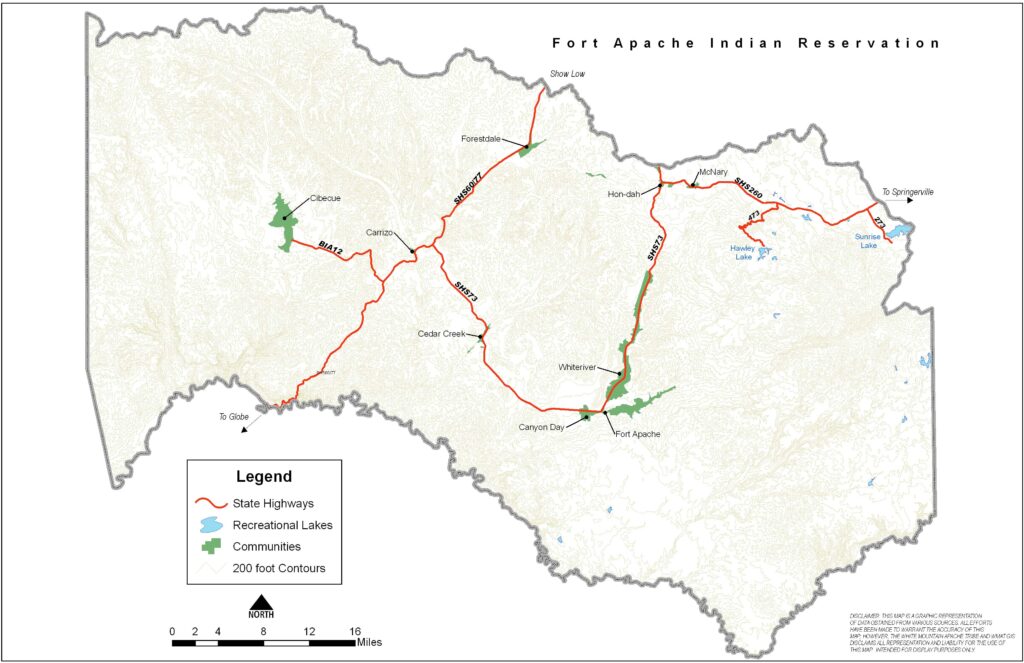
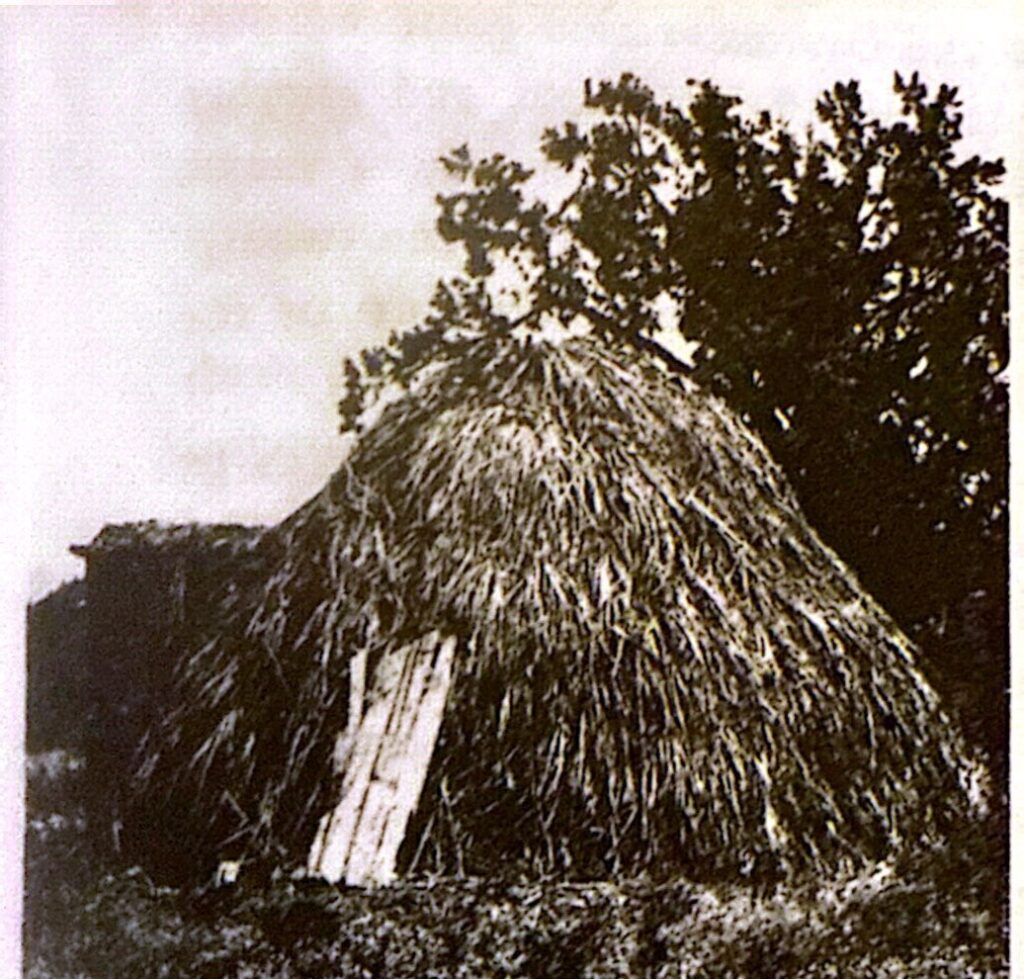
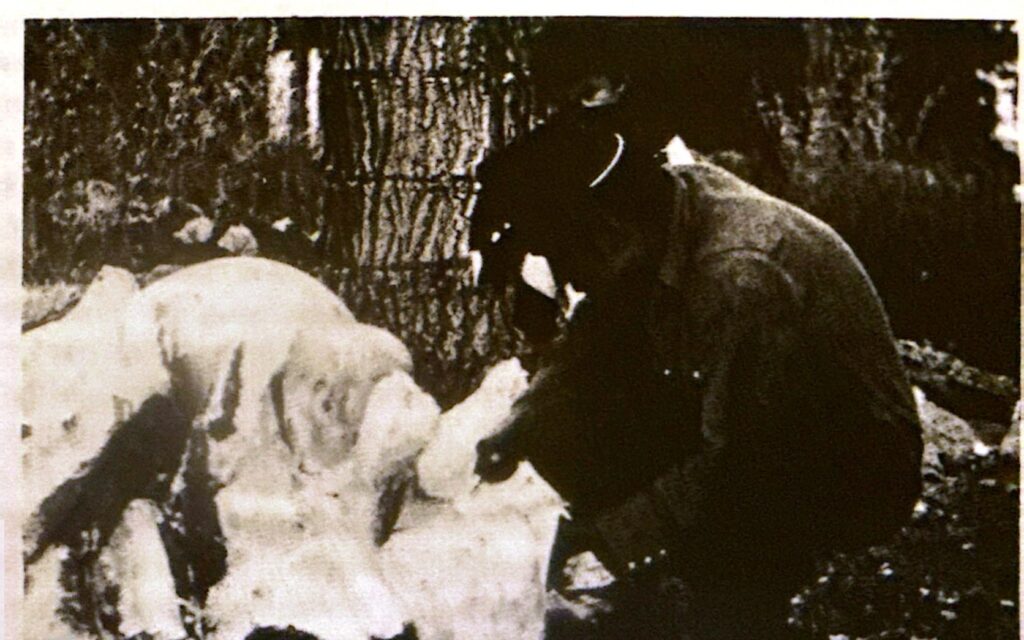
Military Experience
Steven Phillip Lupe, Sr. was drafted into the U.S. Army on September 18, 1952, at Fort Ord, Monterey Bay, California, and served until his honorable discharge on August 3, 1954.
Raised by a Catholic, Spanish-Apache mother and educated in boarding schools run by priests, Steven developed strong cultural and emotional intelligence, which helped him relate to people of diverse backgrounds. Although he faced racial labeling—being called “Chief” by fellow soldiers—he accepted it without offense.
His Apache heritage influenced his service; a medicine man performed a blessing ceremony before his deployment, and all who participated returned safely.
Assigned to Company E, 27th Infantry Regiment, 25th Infantry Division he deployed to the front lines in Korea during the Korean War, where he patrolled and defended against enemy attacks.
According to family accounts, his duties also included instructing lower-ranking soldiers. He attained the rank of technical sergeant in May 1954 and was considered for promotion to sergeant first class, though it was denied due to an incident involving drinking while on duty—an act he attributed to grief over his father’s death, for which he was not granted leave. Lupe’s military service was marked by trauma, and he spoke little about his combat experiences.
He received several awards, including the Good Conduct Medal, Combat Infantry Badge, Korean Service Medal with a Bronze Service Star, and the United Nations Service Medal.
After the war, he never revealed the exact location of his deployment in Korea, but the effects lingered, influencing his food preferences and memories. His life before enlistment was rooted in ranch work, and he returned to this path after his military service.
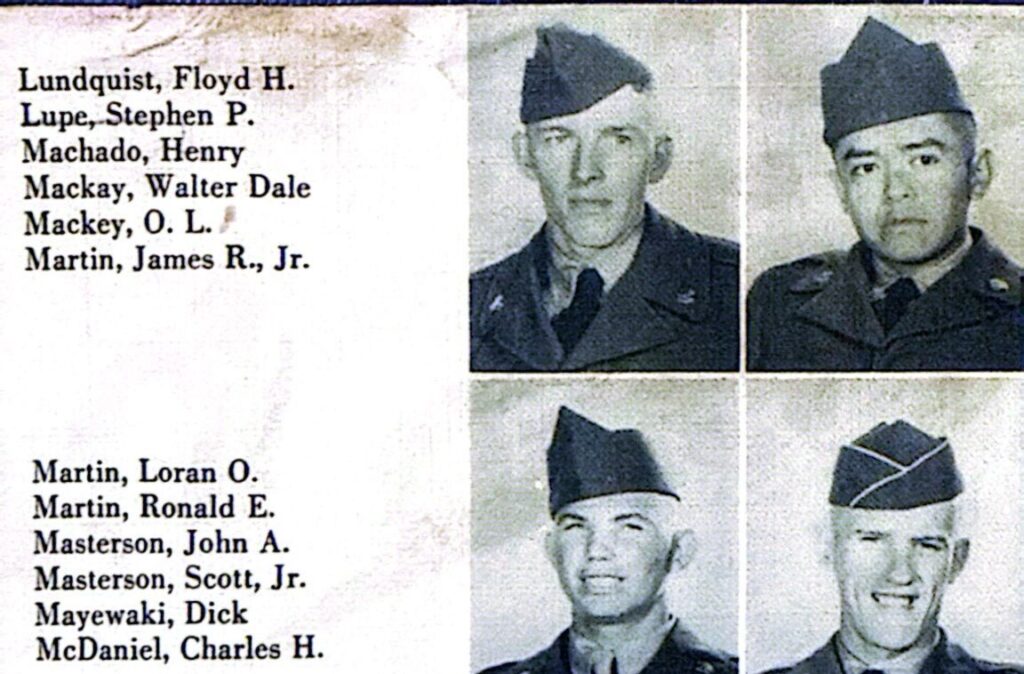

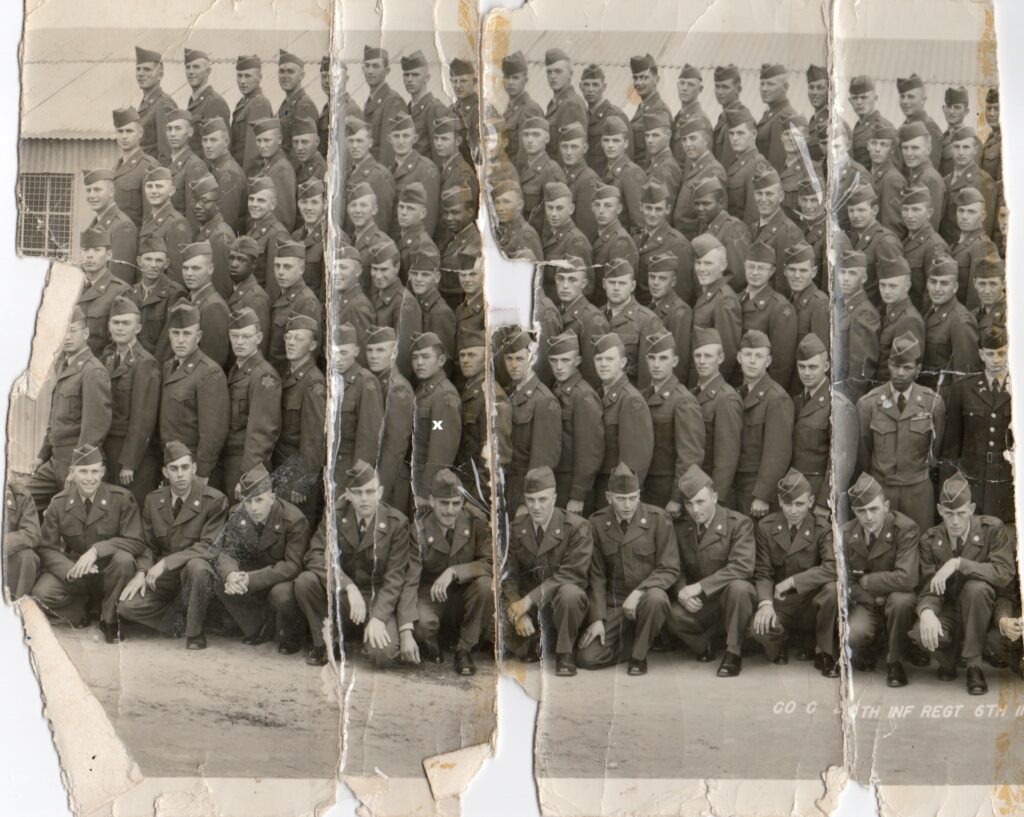

Veteran Experience
Steven Phillip Lupe Sr., was honorably discharged in 1954, from his last duty station in Holbrook, Arizona. Although records indicate he was transferred to the Army Reserve, his family recalls that he concluded his service immediately upon returning from California and did not serve again. He was not wounded in combat and did not receive any pension or retirement benefits from his military service.
After the war, Steven married Norma Harney in 1955 and together they raised nine children. The family eventually settled in Whiteriver, Arizona, where Norma continued to live in the same home since the 1960s.
Lupe built a career working on various ranches throughout Arizona, taking on roles such as foreman, brand inspector, and livestock inspector, while also becoming a respected figure in rodeo circles. He remained deeply connected to the ranching community and even managed the Grasshopper Cattle Ranch until shortly before his death in 2012. Although not active in traditional Apache religious roles or Veterans’ events, he upheld a deep respect for his culture and faith, regularly attending church.
Lupe’s legacy continues through his children and grandchildren—his son took over his role in ranch management, his daughter Candy serves as School Board President in Whiteriver, and one granddaughter currently serves in the U.S. military overseas.
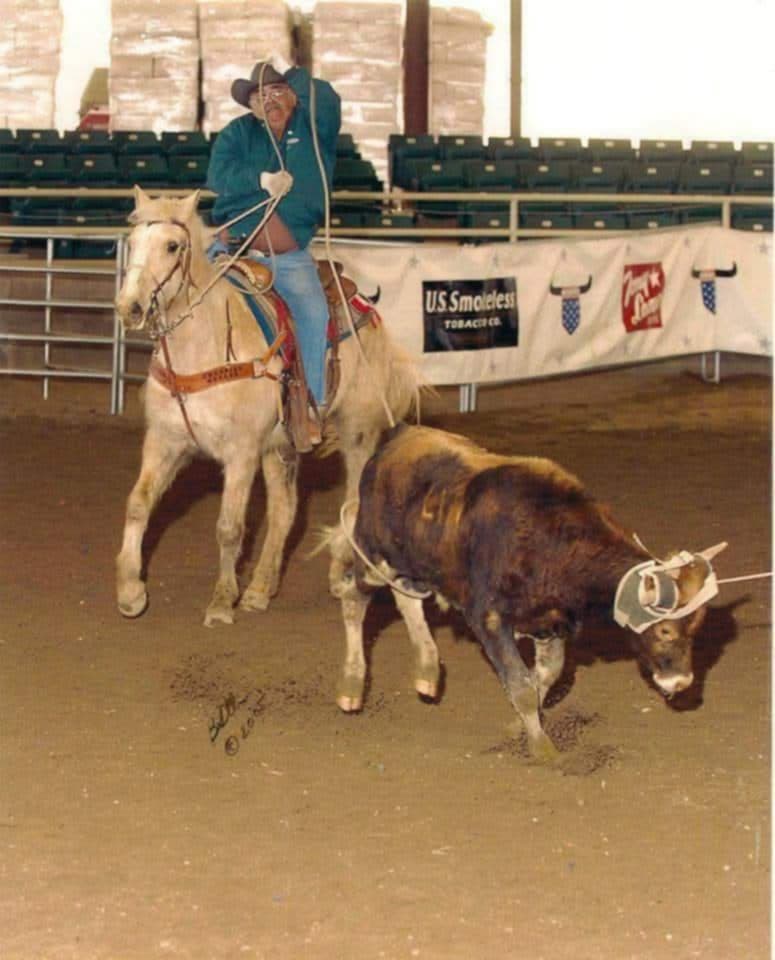
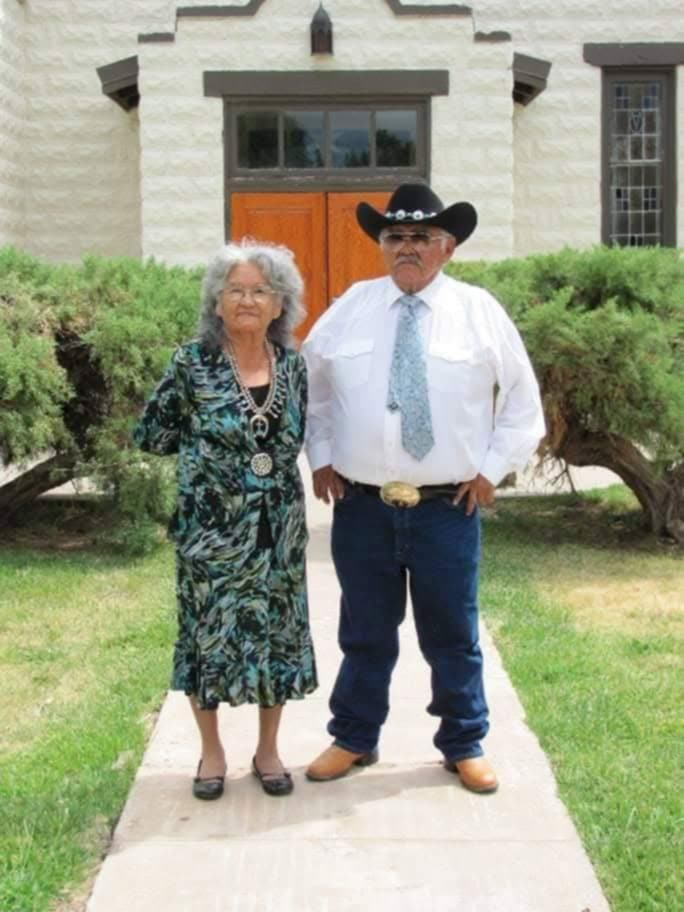
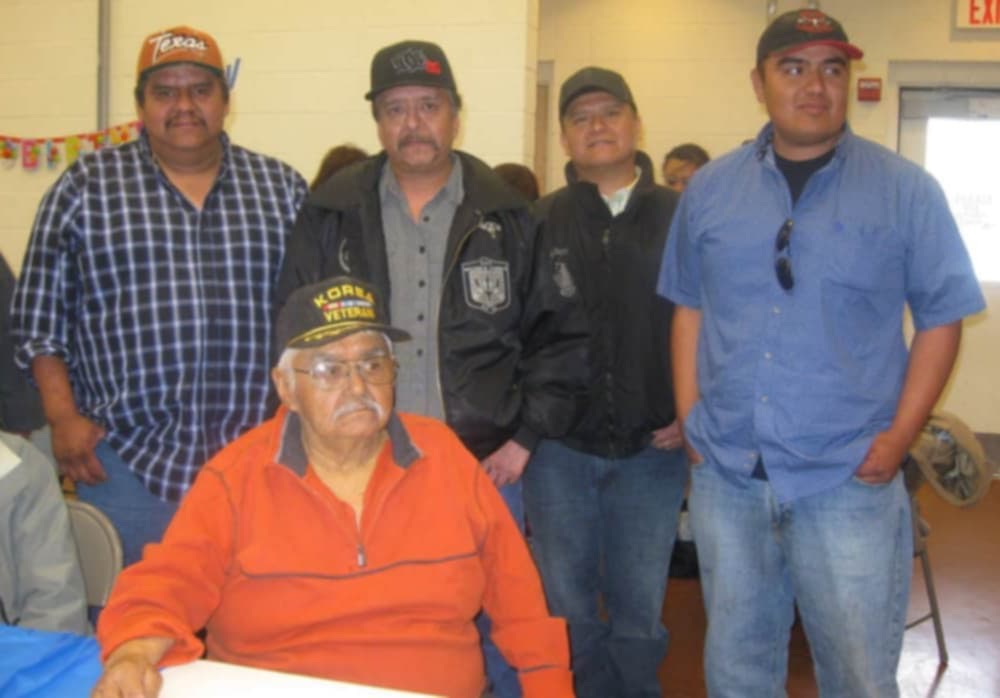
Commemoration
Steven Philip Lupe died on May 20, 2012. He is buried at the Open Range Cemetery in Cibecue, Arizona.
His dedication to hard work, family, and his community stands as a lasting tribute to his life and service.
Bibliography
Primary Sources
6th Infantry Division, C Company, 20th Infantry Regiment, Fort Ord, California. Armed Forces Publications. Dallas, TX: Taylor Publishing Company.
Arizona. Fort Apache Military Reservation. 1910 U.S. Federal Census. https://ancestry.com.
Arizona. Navajo County. 1940 U.S. Federal Census. https://ancestry.com.
Arizona. Navajo County. 1950 U.S. Federal Census. https://ancestry.com.
Arizona. White Mountain Apache. 1937 Indian Census. https://ancestry.com.
Lupe Family Papers. Courtesy of Norma, Joy and Candy Lupe.
Steven Lupe. Arizona, U.S., Birth Certificates, 1880-1935. https://ancestry.com.
Stephen Philip Lupe. Arizona, U.S., County Marriage Records, 1865-1972. https://ancestry.com.
“Steven Phillip Lupe.” Owens Livingston Mortuary. Accessed December 2, 2024. https://www.owenslivingstonmortuary.com/obituaries/4676565.
“Steven Phillip Lupe Sr.” White Mountain Independent [Show Low, AZ] May 26, 2012. https://www.wmicentral.com/obituaries/latest_obituaries/steven-phillip-lupe-sr/article_3cbc5adc-a5ec-11e1-af61-0019bb2963f4.html.
Secondary Sources
Basso, Keith H. The Cibecue Apache. Holt, Rinehart and Winston, Inc., 1986.
“Steven Phillip Lupe.” Find a Grave. Updated May 22, 2012. Accessed December 2, 2024. https://www.findagrave.com/memorial/90565539/steven-phillip-lupe.
“Steven Phillip Lupe, Sr.” Veterans Legacy Memorial, U.S. Department of Veterans Affairs. Accessed April 16, 2025. https://www.vlm.cem.va.gov/STEVENPHILLIPLUPESR/394AF7.
This profile was funded by a grant from the United States Department of Veterans Affairs. The opinions, findings, and conclusions stated herein are those of the author and do not necessarily reflect those of the United States Department of Veterans Affairs.

